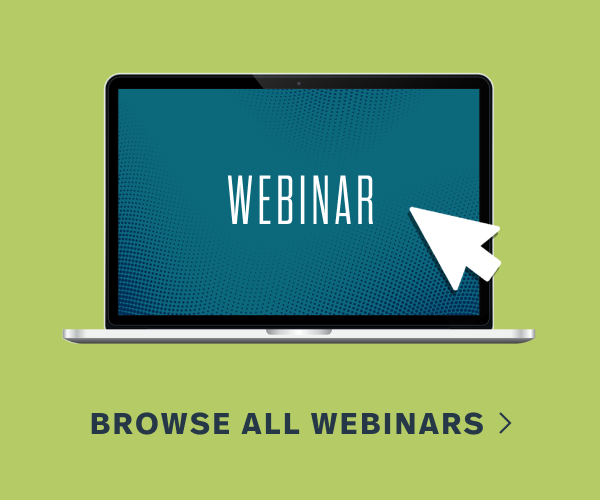Legal and Regulatory

PPP Loan Forgiveness: What Is Known So Far
Here’s what contractors should to know about the Paycheck Protection Program loans and forgiveness.
October 20, 2020
Related stories
Legal and Regulatory

Government Shutdown Day Nine: What Contractors Need to Know
By ABC
An excerpt from ABC's Beltway Blueprint let's contractors know where they stand amidst the ongoing government shutdown.
Legal and Regulatory

ABC Urges Senate to Pass a Clean CR to End Shutdown
By ABC
As the government remains shut down, ABC calls on the Senate to pass a continuing resolution.
Legal and Regulatory

ABC Opposes the Egregious Faster Labor Contracts Act
By ABC
The FLCA would stifle—if not effectively eliminate—construction companies' abilities to negotiate workplace conditions.





